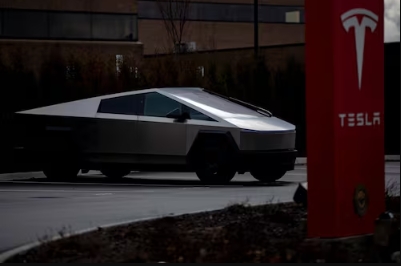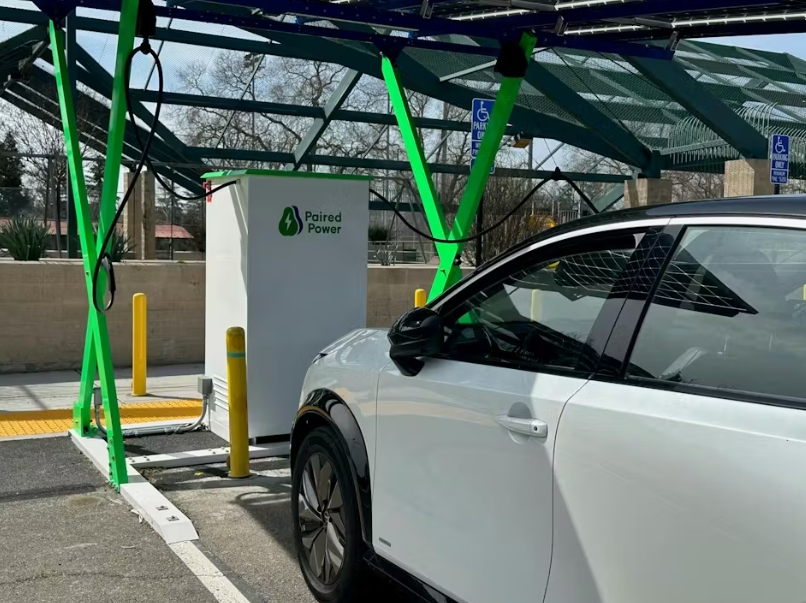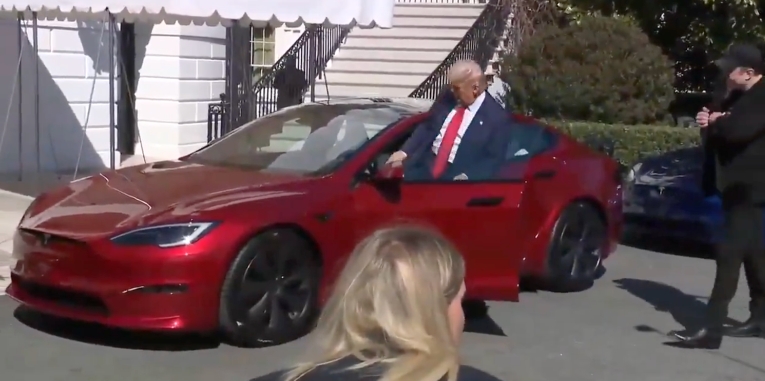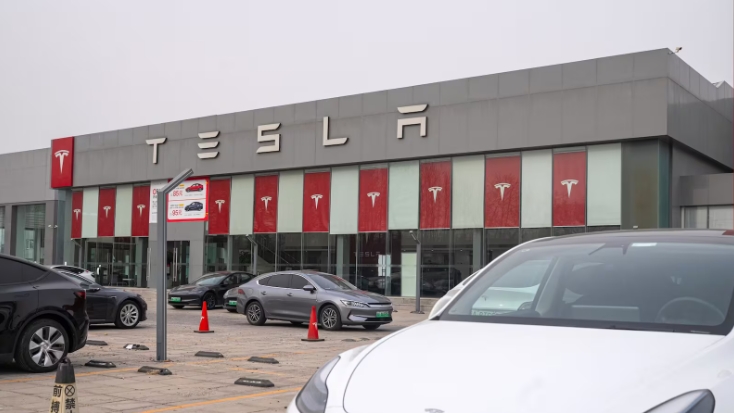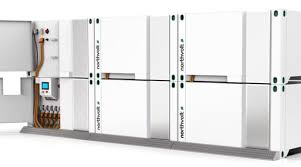
In two other initiatives announced on December 3, 2024, the EU said it was also interested in financing net-zero technologies and hydrogen projects by domestic producers. The move is in line with a broader political priority to keep manufacturing within Europe as the region undergoes an unprecedented economic overhaul to curb greenhouse gases by 2050. “All three calls include new resilience criteria to boost European industry,” said Teresa Ribera, the commission’s new executive vice president in charge of the clean transition. “The batteries call and hydrogen bank auction will also include specific resilience criteria to protect Europe against dependency on a single supplier.”
In a €1.2 billion auction aimed at spurring the production of hydrogen, the winning projects will have to limit the sourcing of electrolyzer stacks from China to not more than 25% of total capacity, in line with guidelines published earlier this year. Under a €2.4 billion call to finance net-zero technologies, the selection criteria include determining whether a project can reduce the sourcing of critical raw materials or components from China, Malaysia, Thailand, and Vietnam — countries that China often used as conduits to avoid tariffs.This initiative is central to the EU’s strategy to build a resilient clean energy supply chain, ensuring the region’s climate goals are met without sacrificing industrial independence. The EU mandate that any new patents from funded projects must be registered within its member states is seen as a way for the EU to retain critical intellectual property.
The Path To Domestic Battery Production In Europe
Chinese EV manufacturers like BYD have arisen in recent years as a point of concern for European and American automakers, but the country’s prolific presence in the EV market extends beyond its own car models. Many of the EV components in European and American cars come from Chinese sources, according to Autoblog. China has long dominated global supply chains for EV batteries and renewable energy components, raising concerns among European policymakers about economic and strategic vulnerabilities. By tying grants to local sourcing and innovation, the EU hopes to not only reduce risks but also create a competitive green tech sector.
However, challenges remain. Sourcing restrictions could increase production costs and slow the roll out of green technologies, potentially putting Europe at a disadvantage in the short term. EU leaders argue that the long term benefits of a self sufficient industrial base outweigh the initial hurdles. That may be true, but it comes too late to help Northvolt, a Swedish company that was actually trying to manufacture batteries in Europe using materials and components sourced from within Europe but went bankrupt recently.
Northvolt Goes Bankrupt
Three months ago, Northvolt completed a top to bottom review of its business model after BMW pulled out of a €2 billion deal because the company was unable to produce the batteries needed for BMW electric cars. The objective of the strategic review was to focus resources on becoming a leader in sustainable large scale cell manufacturing. That would involve ramping up the first phase of the Northvolt Ett gigafactory in Sweden, while continuing to leverage the company’s R&D facility — Northvolt Labs — in Västerås, Sweden. That was considered a key requirement for Northvolt to maintain its position as a leading cell manufacturer in the Western world.
Peter Carlsson, co-founder of Northvoit, said, “With the strategic review now underway, we are having to take some tough actions for the purpose of securing the foundations of Northvolt’s operations to improve our financial stability and strengthen our operational performance. While conditions at this time are challenging, there remains no question that the global transition towards electrification — and the long-term outlook for cell manufacturers, including Northvolt — is strong.” But not that strong, apparently. In hindsight, all that happy talk was little more than whistling past the graveyard. Three months later, the wheels came off the Northvolt wagon, leaving nothing but wreckage in its wake.
Michael Barnard wrote a week ago that Northvolt simply got its sums wrong. It thought that there was going to be a big shortage of batteries around now because no one could possibly scale to meet demand. Instead, China scaled up five times more than Northvolt had predicted. “Getting China wrong is a major western failure right now, and until they get China right, they will continue to fail,” he said. “Partly because they predicted a massive shortage, the batteries they managed to produce were too expensive for the market. They predicted battery prices would remain high — a fundamental failure common in the west — and so did not work tirelessly to bring their unit production costs down.” Michael added that Northvolt spent $15 billion on a battery factory that CATL or BYD could build for $1 million in China or $3 million in virtually any western country it chose.
Northvolt failed miserably at simplifying its mission, Barnard wrote. It was making both prismatic and cylindrical cells. They were making grid storage units and commercial and industrial storage units. They were into battery recycling. They were upstream in lithium refining. They were doing fundamental research and development. They were doing joint ventures with Volvo and Volkswagen. None of that is focusing on doing a couple of things very well and efficiently. As a result, they did nothing well or efficiently. Northvolt should have said, “LFP batteries are going to be huge. We’re just going to make them as efficiently and cheaply as possible.”
Not long ago, Zeng Yuqun, the CEO of CATL said, “They have a wrong design … they have a wrong process … and they have the wrong equipment. How can they scale up?” Because they didn’t have any focus, they weren’t able to spot things obvious to a very deeply experienced battery industry leader. By contrast, Chinese firms typically do one thing extraordinarily well and depend on other best of breed firms to do other things extraordinarily well. “The ecosystem of firms in China is amazing,” Barnard said.
The Takeaway
This ambitious investment plan suggests the green transition in the EU will not come at the expense of domestic markets. By pushing for restrictions on sourcing, the European Commission has indicated it is willing to delay the adoption of greener technologies in the name of protecting its economic interests. That will calm the fears of some but infuriate others. On balance, the amounts of money pledged seem way too low to make a significant difference in the short term as the Continent deals with the wreckage left behind by the Northvolt implosion. The transition to a green economy in Europe will take a while to recover from that.

